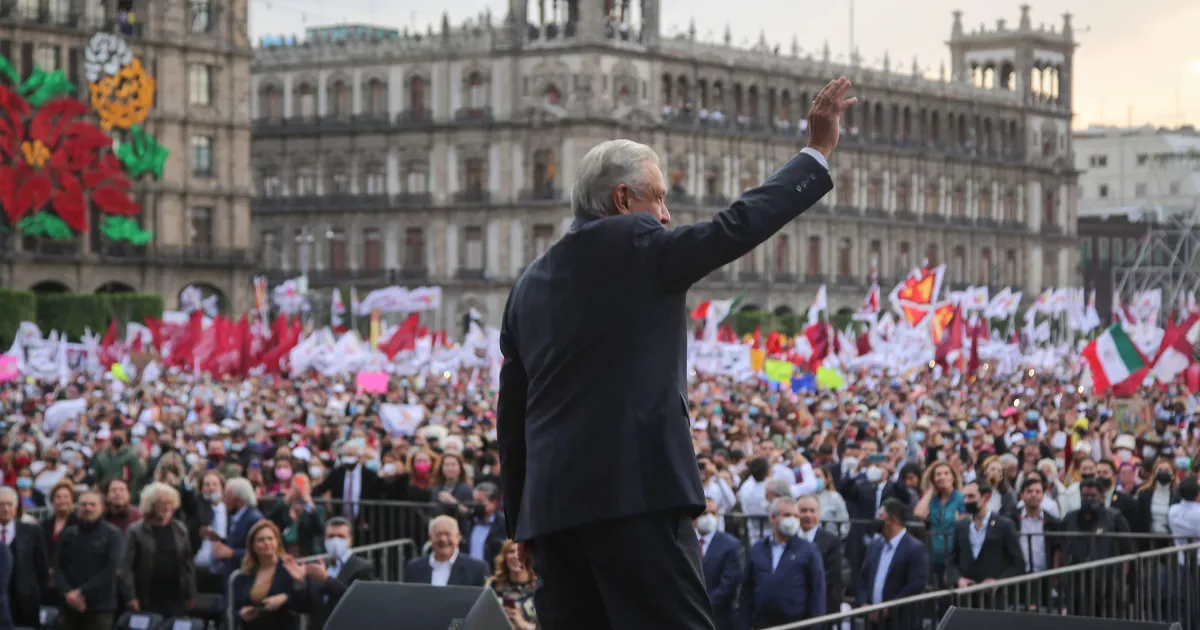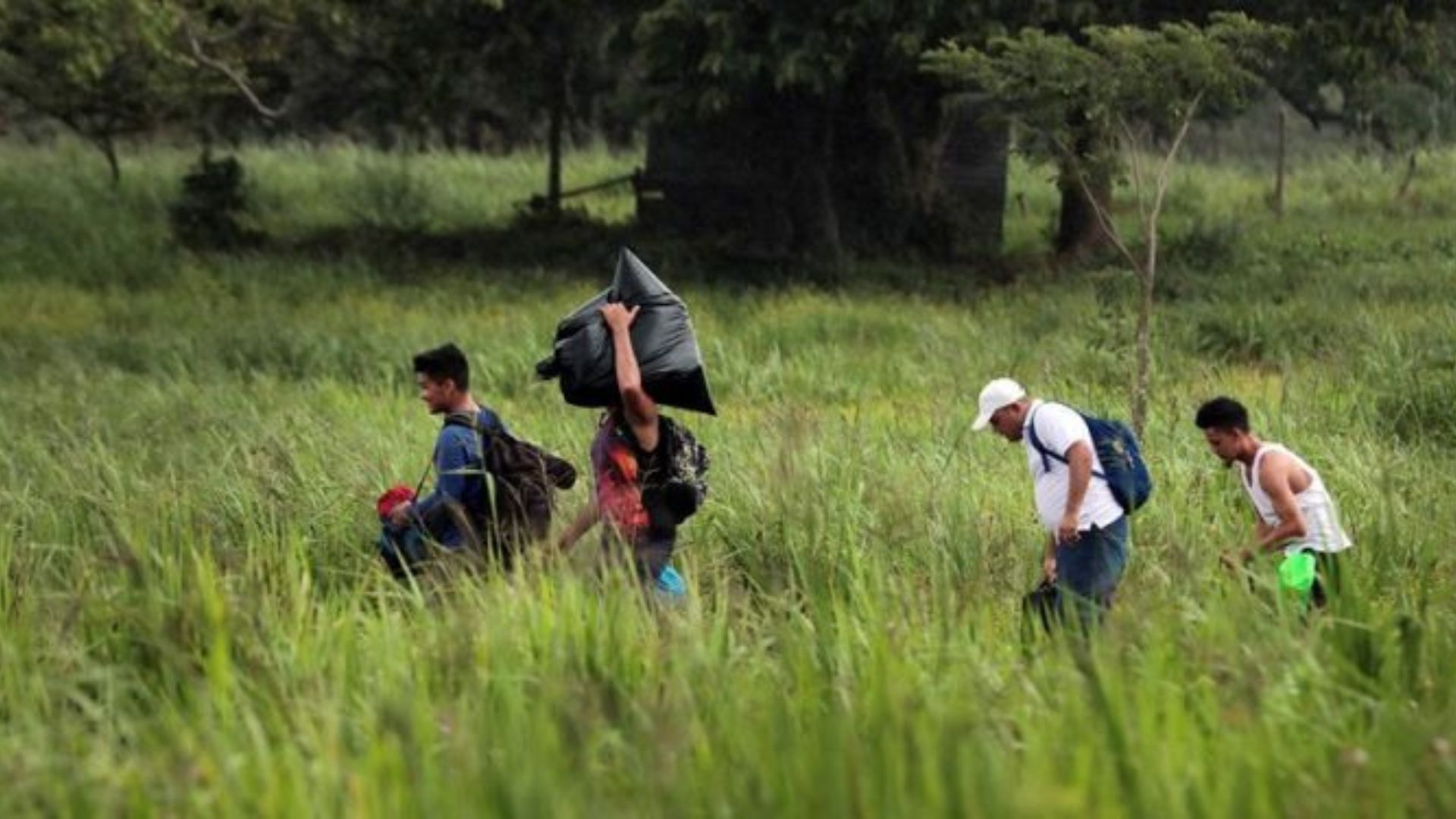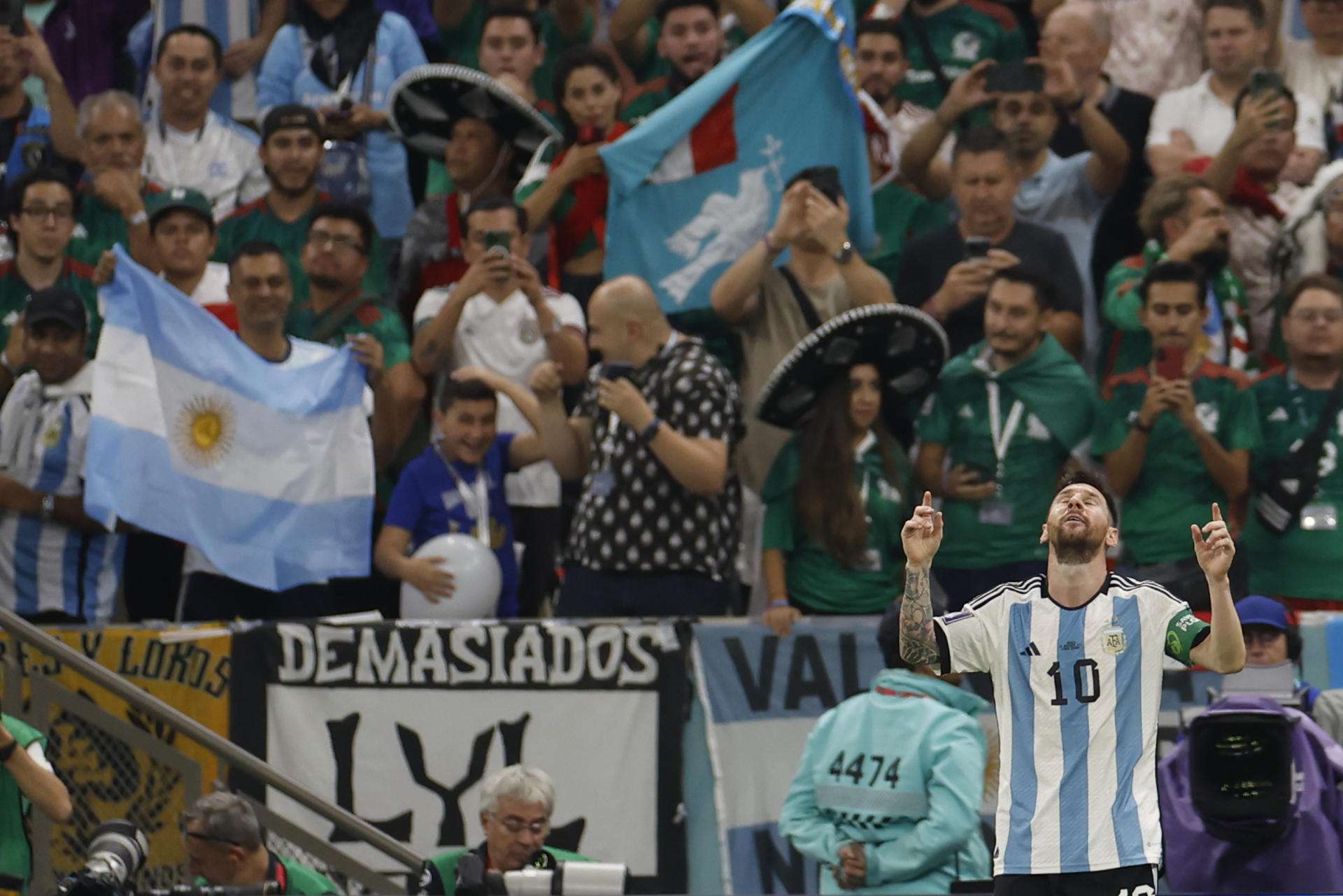A history of mobilizations
The president’s first march was in 1991. The then 38-year-old politician left his homeland, Tabasco, bound for Mexico City. With rain or shine, he walked the almost 1,000 kilometers that separate these two entities for 50 days with the purpose of denouncing electoral fraud.
That was the march that brought López Obrador out of anonymity. Later, more mobilizations would come and with them his name would gain more strength and popularity.
In 1996 López Obrador organized the seizure of 50 oil wells to demand improvements in working conditions for Pemex workers. That same year he became the leader of the Democratic Revolution Party.
Almost a decade later and after five years of being in charge of the Headquarters of the then Federal District, he led the mobilizations that consecrated him as the great opponent. On April 24, 2005, López Obrador led “The March of Silence”, in which around one million 200,000 people protested from the Museum of Anthropology to the Zócalo in Mexico City against the violation of the capital’s head of government.
A year later, several more marches would come. The reason was to denounce an alleged fraud in the presidential election, in which PAN member Felipe Calderón was declared the winner by obtaining .58% more than Andrés Manuel López Obrador.
“Marching is what López Obrador knows how to do. He is a mobilization professional, he has carried them out for decades, long before he thought of being head of government, he has lived from that, it is a formula that has given him results, but it is a very harmful way for democracy ”, refers Perez Fernandez.
From that moment on, López Obrador came to be considered the main opposition leader of the government of Felipe Calderón, but also of Enrique Peña Nieto, an administration in which he marched for promoted and approved reforms such as energy and education.
His marches were understood as an opponent, says Arturo Espinosa, but not as president of the Republic.
“Andrés Manuel López Obrador is the president today, he is no longer a candidate, he is no longer an opposition leader. The main means that citizens have to express their discontent is by voting, but since that happens every three years, the other way is to take to the streets to demonstrate and raise their voices. While he as president has many ways to do it ”, he raises.








